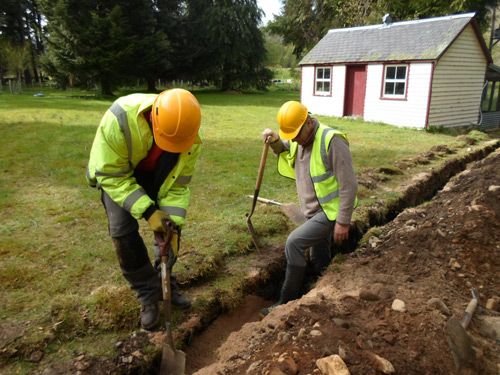

The number of Scottish businesses generating their own locally-generated renewable energy doubled in 2015, according to analysis of Renewable Heat Incentive (RHI) deployment data by Raggnar, the renewable energy provider.
New data published by the Department of Energy and Climate Change reveals that 1,245 Scottish business started using RHI-backed renewable energy sources last year, adding 421 MW of clean energy to Britain’s energy capacity.
Seven in every 1,000 Scottish businesses now use some form of RHI-backed renewable technology to generate their own energy. These technologies include solar thermal, ground source heat, and – most commonly – biomass, which can be used to cleanly and efficiently heat and supply hot water to business premises, generate electricity and power industrial heating, drying and cooling systems.
With 421 accredited installations capable of supplying 53 MW of power, Dumfries & Galloway remains the hottest of Scotland’s renewable energy hotspots. Some 183 businesses started using biomass and other forms of renewable heat technology in this area during 2015, adding 24 MW of additional capacity. Thirty in every 1,000 businesses based in Dumfries & Galloway now use RHI-backed renewable energy systems.
Demand for renewable heating systems also surged in Aberdeenshire during 2015. The number of accredited commercial RHI-backed installations increased by 163% last year, as 143 more businesses started to generate their own renewable energy. This added 33 MW of additional renewable energy capacity in the area.
Across Britain, almost 14,000 businesses now generate their own heat and electricity using RHI-backed renewable energy sources. The total capacity of these accredited installations currently exceeds 2,200 MW, sufficient energy to supply the needs of more than two million homes.
Nigel Perkins, CEO of Raggnar, said: “2015 was a big year for the uptake of low-cost, locally-generated renewable energy by businesses in Scotland, with almost as many new installations and additional capacity as had been achieved in the three years that preceded it.
“We are seeing growing demand from community energy schemes and industrial users in particular, who can now use highly-efficient biomass technologies to become entirely self-sufficient on low-cost renewable energy, generate a rapid return on their investment from RHI payments and ensure a secure, long-term supply of clean power for even their most demanding industrial processes.”
